This article was medically reviewed by Luba Lee, FNP-BC, MS. Luba Lee, FNP-BC is a Board-Certified Family Nurse Practitioner (FNP) and educator in Tennessee with over a decade of clinical experience. Luba has certifications in Pediatric Advanced Life Support (PALS), Emergency Medicine, Advanced Cardiac Life Support (ACLS), Team Building, and Critical Care Nursing. She received her Master of Science in Nursing (MSN) from the University of Tennessee in 2006.
This article has been viewed 19,038 times.
When you have asthma or chronic obstructive pulmonary disease (COPD), a Turbuhaler is one type of inhaler that your doctor may prescribe for long-term relief of your symptoms. Once you have determined that a Turbuhaler is right for you, make sure to carefully follow the procedure for using it and never alter the dosage prescribed by your doctor. When used correctly, a Turbuhaler can be a great tool to help you breathe better.
Steps
Getting a Turbuhaler Prescription from a Doctor
-
1Make an appointment with your doctor to discuss your asthma symptoms. Turbuhalers are only available by prescription and your doctor will decide if you need one for your asthma. Turbuhalers are also used to treat moderate to severe emphysema, COPD, and chronic bronchitis.[1]
- Doctors may also prescribe Turbuhalers for other conditions.
-
2Go to your doctor’s appointment and determine if you need a Turbuhaler. Your doctor will discuss your symptoms with you and perform any necessary tests. They will then decide if you need a Turbuhaler or some different type of medication for your asthma or other condition.[2]
- Your doctor will also tell you what dose to take daily and how to use the Turbuhaler when you are experiencing asthma symptoms.
- Consult your doctor before you stop taking your medication.
Advertisement -
3Get a prescription and pick up your Turbuhaler at a pharmacy. Once your doctor hands you a prescription for a Turbuhaler, call ahead to your local pharmacy and ask if they can fill the prescription. Go to the pharmacy when your prescription is ready for pickup and get your new Turbuhaler.[3]
Controlling Asthma Symptoms with a Turbuhaler
-
1Hold the inhaler upright and unscrew the cap counterclockwise to remove it. Always avoid holding the inhaler upside down or shaking it. Keep the mouthpiece pointing up at all times.[6]
- It is best to sit down and maintain a steady position when using your Turbuhaler to avoid dropping it.
-
2Turn the colored base to the right and back again until you hear it click. When you hear the click you will know that there is a new dose loaded in the inhaler. Place the inhaler on a flat surface while you load the dose to ensure it stays upright and stable.[7]
- Your inhaler will also have a small window that shows you how many doses are remaining. Normally the last 20 doses will appear in red and you will know it is time to refill your prescription soon.[8]
-
3Breathe out gently into the air before using the Turbuhaler. Never breathe into your inhaler. Breathing into a Turbuhaler will get moisture or bacteria inside and cause it to clog.[9]
-
4Put your lips around the mouthpiece and breathe in strongly and deeply. Steadily lift the inhaler to your mouth, and wrap your lips around the mouthpiece to make a strong seal before breathing in. You need to breathe in strongly and steadily to get a good dose out of the inhaler.[10]
- Do not cover the air vents while you breathe in.
- You will only get one dose at a time from the Turbuhaler.
-
5Hold your breath for 5-10 seconds and breathe out. Hold your breath to allow the medicine to do its work. When you are done holding your breath, breathe out gently and away from the inhaler.[11]
- Repeat the process if you need to take a second dose. Remember to twist the colored wheel at the base of the Turbuhaler again to load another dose.[12]
-
6Rinse your mouth out with plain water after using the Turbuhaler. This is only necessary if your inhaler contains a corticosteroid medicine, since these can make you susceptible to oral thrush infections. Gargle a mouthful of water in your mouth and throat and spit it out to prevent side effects like a yeast infection or hoarse throat.[13]
- Corticosteroids are often included in inhaler medication to help reduce inflammation and swelling.
-
7Wipe the mouthpiece of the inhaler to dry it and put the cap back on. Always wipe off the mouthpiece when you are done with a clean cloth to prevent moisture getting into the Turbuhaler. Screw the cap back on tightly and store your inhaler in a dry place.
Warnings
- Always follow the instructions of your doctor and pharmacist regarding doses and use of your Turbuhaler.⧼thumbs_response⧽
- Read the instructions that come with your Turbuhaler prior to using it.⧼thumbs_response⧽
- Try to use your inhaler at regular times each day.⧼thumbs_response⧽
- Avoid skipping any doses of your medication.⧼thumbs_response⧽
References
- ↑ https://medbroadcast.com/drug/getdrug/symbicort-turbuhaler
- ↑ https://medbroadcast.com/drug/getdrug/symbicort-turbuhaler
- ↑ https://www.nationalasthma.org.au/living-with-asthma/how-to-videos/using-your-turbuhaler
- ↑ https://medbroadcast.com/drug/getdrug/symbicort-turbuhaler
- ↑ https://www.nationalasthma.org.au/living-with-asthma/how-to-videos/using-your-turbuhaler
- ↑ https://www.lung.ca/lung-health/get-help/how-use-your-inhaler/turbuhaler%C2%AE
- ↑ https://www.lung.ca/lung-health/get-help/how-use-your-inhaler/turbuhaler%C2%AE
- ↑ https://healthywa.wa.gov.au/Articles/F_I/How-to-use-a-turbuhaler
- ↑ https://www.nationalasthma.org.au/living-with-asthma/how-to-videos/using-your-turbuhaler
- ↑ https://www.nationalasthma.org.au/living-with-asthma/how-to-videos/using-your-turbuhaler
- ↑ https://www.healthywa.wa.gov.au/Articles/F_I/How-to-use-a-turbuhaler
- ↑ https://www.healthywa.wa.gov.au/Articles/F_I/How-to-use-a-turbuhaler
- ↑ https://www.lung.ca/lung-health/get-help/how-use-your-inhaler/turbuhaler%C2%AE
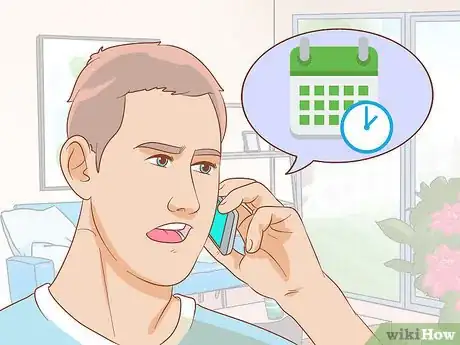

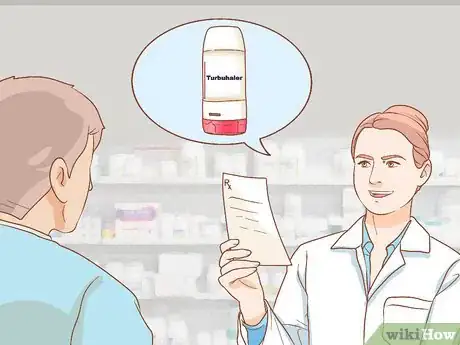
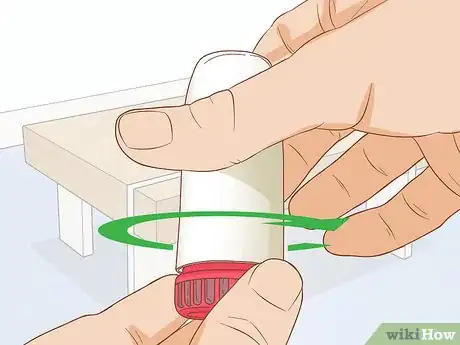
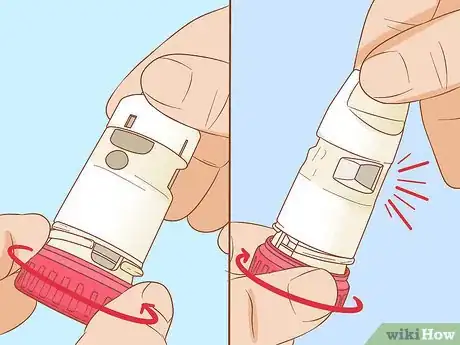
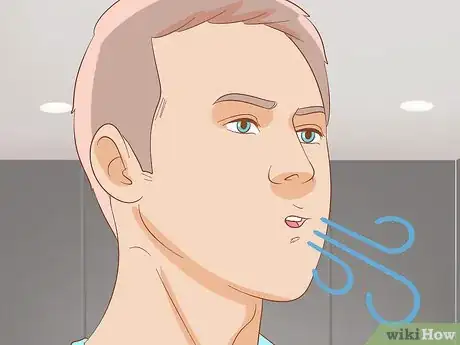
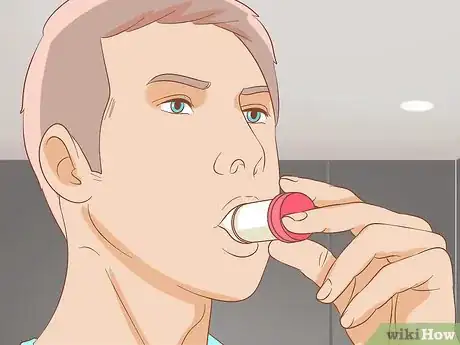
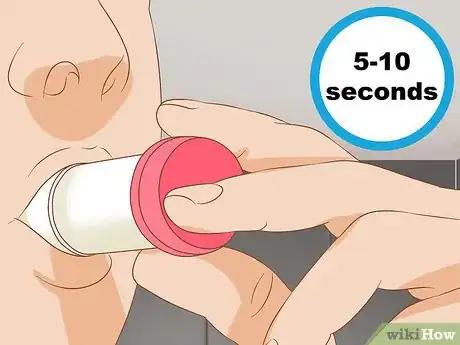

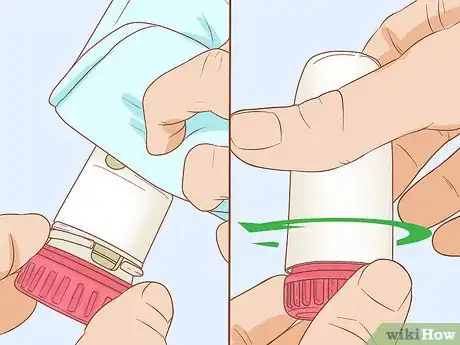

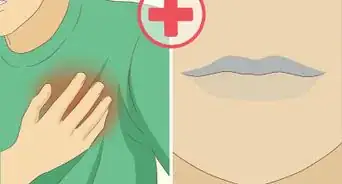
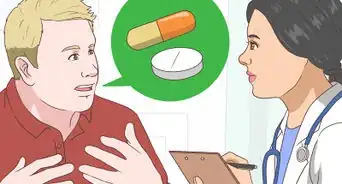
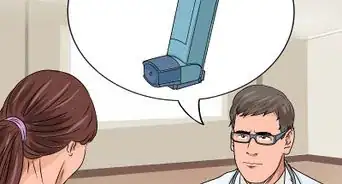
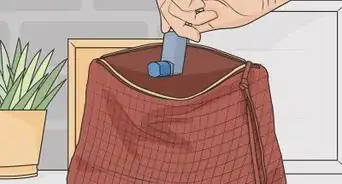









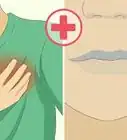

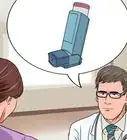




































Medical Disclaimer
The content of this article is not intended to be a substitute for professional medical advice, examination, diagnosis, or treatment. You should always contact your doctor or other qualified healthcare professional before starting, changing, or stopping any kind of health treatment.
Read More...